Our Latest Blogs
Our Solutions News Blog was envisioned to gather and share information from the very best to help you and your business to become more effective.
Our Solutions News Blog was envisioned to gather and share information from the very best to help you and your business to become more effective.
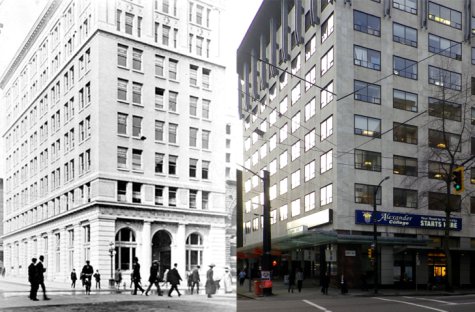
Here’s the Bank of Ottawa on the corner of Seymour and West Hastings in 1912. The new eight storey building was designed by W Marbury Somervell, but probably slightly changed by Somervell and Putnam (as it has a 1911 building permit in their name). It cost $225,000, and pictures of the construction show a reinforced concrete frame rather than all steel. The building bears a very strong resemblance to the BC Securities Building which is three blocks away and completed a year later to HS Griffith’s design.
The speed that construction could be completed on commercial buildings can be seen from the Contract Record report of September 1910. Work was just starting on the building site, clearing the existing buildings and excavating the basement, and it was expected the whole thing would be complete by May 1911, with occupancy coming a month later. There were 16 offices per floor above the banking floor, and the quality of the building was obviously aimed at all the other office buildings competing for tenants “The entrance to the vestibule and lobby will be handsomely done in marble, while the floors above will be trimmed throughout in birch and finished with mahogany. Other features of this latest addition to Vancouver’s tall buildings will be a vacuum heating system throughout, hot and cold water in all the offices, the Durham plumbing system, mail chute equipment, vacuum cleaning system for all the offices, and commodious toilet rooms on every floor.” The successful contracting bid came from McDonald and Wilson who started work in October 1910 and as far as we know completed on time.
In 1919 the Bank of Ottawa were merged with the Bank of Nova Scotia, and it stayed a branch of the new owners for over 30 years. In 1956 noted local architects Sharp, Thompson, Berwick and Pratt were given the design job of enlarging the bank building. The new project stripped the old building to its frame, replaced the small tobacco store with the billiards room behind (The Maple Leaf Club in 1946) that was next door and the restaurant with rooms over beyond that, and created a simple new office building which was nearly twice the size of the original. A more recent building upgrade in 1987 added an elegant projecting metal cornice to the building.
Source: Changing Vancouver
Vancouver Architects have designed some spectacular buildings over the past century, solving problems along the way and creating solutions that have made a lasting impression on the city. Here are a few well remembered structures and businesses that no longer grace our city.
A Postcard View From the Roof of the 2nd Hotel Vancouver
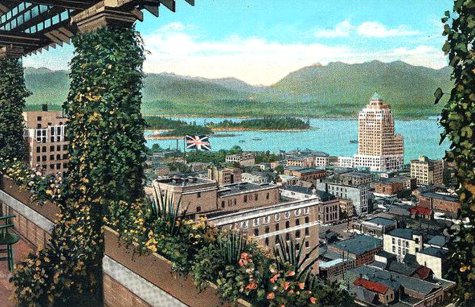
The Pier at English Bay
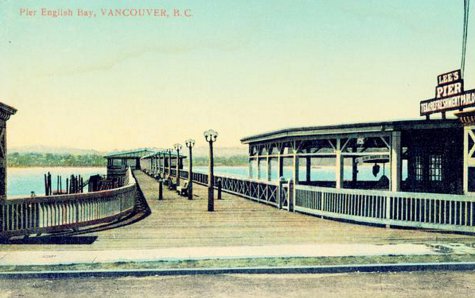
The Pantages Theatre
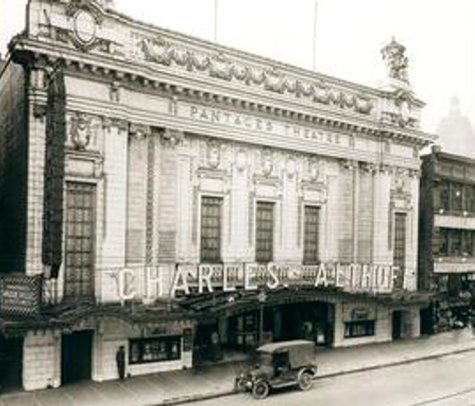
The Vancouver Opera House
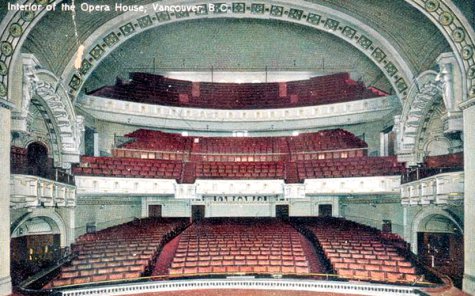
The Cave Supper Club
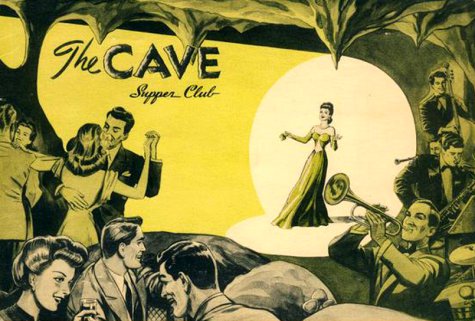
The Original Stanley Park Entrance
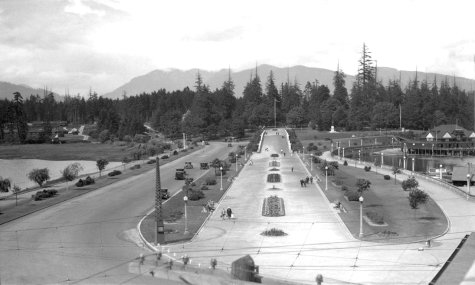
Expo 86
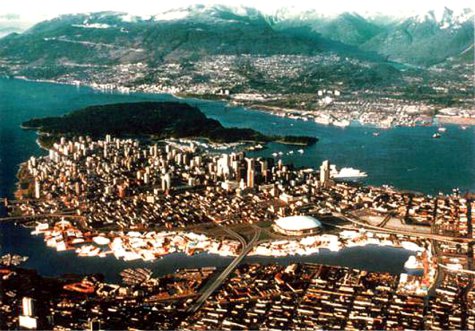
The Vancouver Grizzlies
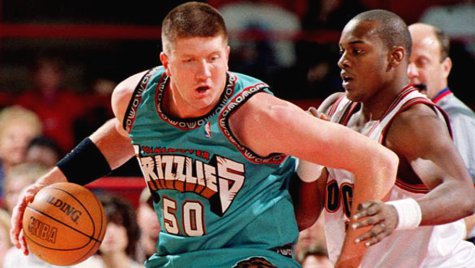
Canadian Pacific Airlines
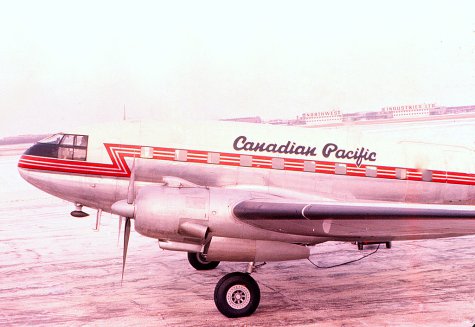
The 2nd Cambie Street Bridge
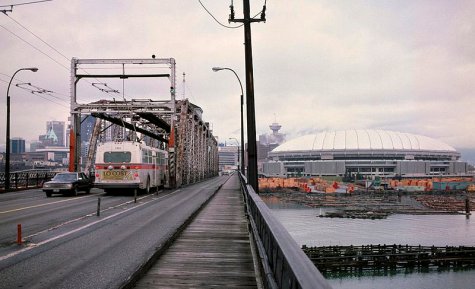
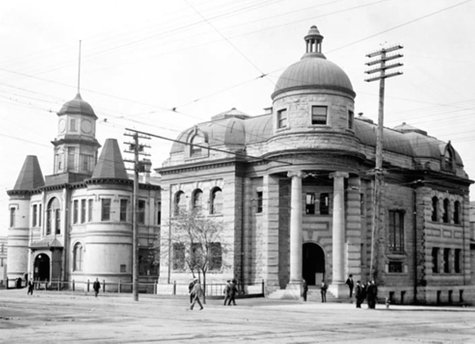
By the late 1890s the city was in need of a library - a real library rather than a room in another building. American philanthropist Andrew Carnegie was funding libraries all over North America, and Vancouver was viewed favourably for an investment in literature. (There were 125 Carnegie Libraries in Canada, almost all in Ontario, but Victoria and New Westminster got one too). G W Grant was hired to design the building, which was most definitely outside the CPR part of town, on the south-west corner of Westminster (Main) and Hastings. Carnegie donated $50,000 on the basis that the City would donate a site and spend $5,000 a year on running the library.
Work started in 1902 and nearly two years later the library opened. It was located next door to the new City Hall. An earlier City Hall was located at Powell Street in 1888. In 1898 the City moved to the building you can see to the south of the library. It was originally erected in 1889 as a market hall designed by C O Wickenden. It was built of Bowen Island bricks where Mayor David Oppenheimer had a financial interest in the brickworks. Unfortunately the clay, or the firing, wasn’t the finest, and Wickenden had to hastily change the design to add two buttressing towers to make sure the building stayed up.
In 1929 with the amalgamation of two other cities into Vancouver larger premises were needed and Council decamped to the Holden Building, an existing office also altered to become City Hall.
The Library stayed until the early 1950s, taking over the former City Hall as an Annex. After the Library moved to their new building on Burrard Street the Museum used the Carnegie building, and the old City Hall was demolished in 1958. After threats of demolition the renovated Carnegie Centre opened as a social service centre for the Downtown Eastside in 1980, incorporating a branch library and with a subtle addition designed by Downs Archambault to the south.
Image source: Library and Archives Canada
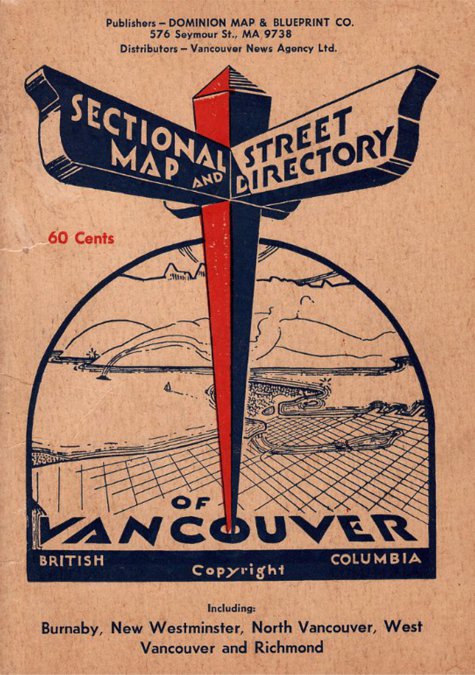
The Sectional Map and Street Directory was the brainchild of a man named Robert Morton. Morton was born in Glasgow, Scotland in 1856. He immigrated to Winnipeg in 1911, then moved to Vernon, BC, for about five years, and then to Calgary.
In 1931-32 Morton moved to Vancouver and took up residence at 2119 Maple Street. He began publishing a section map booklet and street index of the city because an ordinary map of Vancouver was too bulky to carry around. The booklet covered Vancouver, Burnaby, New Westminster, North Vancouver, West Vancouver, Surrey, Maillardville, Lulu Island, and Sea Island. Morton himself went door to door selling his booklets, and was still doing so at the age of 87 in 1942.
Of course maps are full of street names, and where exactly did all those street name come from? Who was Hastings Street named for? How about Hornby? Or what’s the story behind the naming of Charles Street? Now, thanks to the Vancouver Historical Society, which commissioned the work from Elizabeth Walker, and to the Vancouver Public Library, which has put it on line, you can get the answers to those and other questions. Click Here »
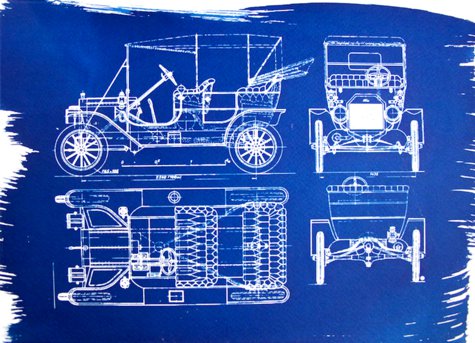
The cyanotype process, also known as the blue print process was invented by Sir John Herschel in 1842 and is still performed today by many darkroom enthusiasts. Herschel made numerous important contributions to photography. He made improvements in photographic processes, particularly in inventing the cyanotype process and variations (such as the chrysotype), the precursors of the modern blueprint process. He experimented with color reproduction, noting that rays of different parts of the spectrum tended to impart their own color to a photographic paper. He collaborated in the early 1840s with Henry Collen, portrait painter to Queen Victoria. Herschel originally discovered the platinum process on the basis of the light sensitivity of platinum salts, later developed by William Willis.
In 1861 Alphonse Louis Poitevin, a French chemist, found that ferro-gallate in gum is light sensitive. Light turns this to an insoluble permanent blue. A coating of this chemical on a paper or other base may be used to reproduce an image from a translucent document.
The ferro-gallate is coated onto a paper from aqueous solution and dried. The coating is yellow. In darkness it is stable for up to three days. It is clamped under glass and a light transmitting document in a daylight exposure frame, which is similar to a picture frame. The frame is put out into daylight requiring a minute or two under a bright sun or about ten times this under an overcast sky. Where ultra-violet light is transmitted the coating converts to a stable blue or black dye. The image can be seen forming, when a strong image is seen the frame is brought indoors and the unconverted coating, under the original image, is washed away. The paper is then dried.
The result is a copy of the original image with the clear background area rendered dark blue and the image reproduced as a white line. The image is stable.
Later other blueprint processes based on photosensitive ferric compounds were used. The best known is probably a process using ammonium ferric citrate and potassium ferricyanide. In this procedure a distinctly blue compound is formed and the process is also known as cyanotype. The paper is impregnated with a solution of ammonium ferric citrate and dried. When the paper is illuminated a photoreaction turns the trivalent (ferric) iron into divalent (ferrous) iron. The image is then developed using a solution of potassium ferricyanide forming insoluble ferroferricyanide (Turnball's blue identical to Prussian blue) with the divalent iron. Excess ammonium ferric citrate and potassium ferricyanide are then washed away.
This is a simple process for the reproduction of any light transmitting document. Engineers and architects drew their designs on cartridge paper; these were then traced on to tracing paper using Indian ink for reproduction whenever needed.
Traditional blueprints have largely been replaced by more modern, less expensive printing methods and digital displays. In the early 1940s, cyanotype blueprint began to be supplanted by diazo prints or whiteprints, which have blue lines on a white background; thus these drawings are also called blue-lines or bluelines. Other comparable dye-based prints are known as blacklines.
Diazo prints remain in use in some applications but in many cases have been replaced by xerographic print processes similar to standard copy machine technology using toner on bond paper. More recently, designs created using Computer-Aided Design techniques may be transferred as a digital file directly to a computer printer or plotter; in some applications paper is avoided altogether and work and analysis is done directly from digital displays. Another common modern method of copying is the use of large-format scanners. These digitize an image which can then be printed with a large-format plotter.
As print and display technology has advanced, the traditional term "blueprint" has continued to be used informally to refer to each type of image.
Source: Wikipedia.org
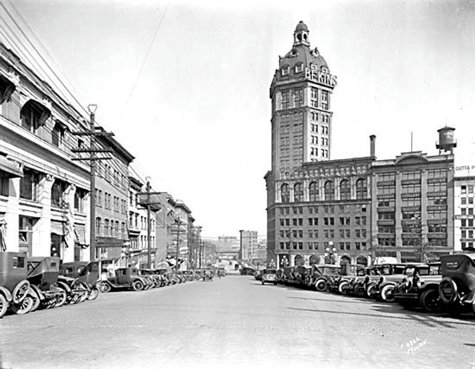
In 1912 Dominion Blue Print & Drafting Company makes its debut in the city directory. It is one of eight companies involved in blueprints. A half page ad on page 226 of the 1912 directory indicates that Dominion Blue Print & Drafting Company, located at 36 Bank of Hamilton Building (432 Hamilton St.), is a Maker of Maps, Blueprints, Brown Line, and Blue Line Prints. Horace N. Clarke is listed as the Manager.
The newly completed World Building, located at the corner of Pender and Beattie Streets, was commissioned by L. D. Taylor to house his newspaper, The Vancouver World. It was designed by architect W. T. Whiteway, who also designed the original Woodward's building nearby. The intention was that the building would be visible throughout the World's circulation area as the tallest building in the city. John Coughland and Sons of Vancouver had 1,250 tons of steel fabricated for construction.
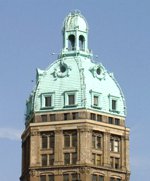 It is known for its faux-patina steel dome painted to imitate copper cladding. Nine nude muses, the "nine maidens" supporting the cornice line can be seen. The terracotta for this building, including the ladies, was made in Tamworth, Staffordshire, England by Gibbs and Canning Limited.
It is known for its faux-patina steel dome painted to imitate copper cladding. Nine nude muses, the "nine maidens" supporting the cornice line can be seen. The terracotta for this building, including the ladies, was made in Tamworth, Staffordshire, England by Gibbs and Canning Limited.
When it was completed in 1912, it was called The World Building and was the tallest building in the British Empire at 82 m (269 ft), surpassing the previous record-holder, the Dominion Building located just around the corner. For two years, it was the tallest building in Canada until Toronto's 20-story Optima Business Centre opened in 1914. In 1918, droves of Vancouverites turned out to watch as Harry Gardiner, the "Human Fly", scaled the outside of the building. When The Vancouver Sun bought the building in 1937, it was renamed. Although The Sun newspaper has long since relocated, first to South Granville then to Granville Square, the building has retained the name.
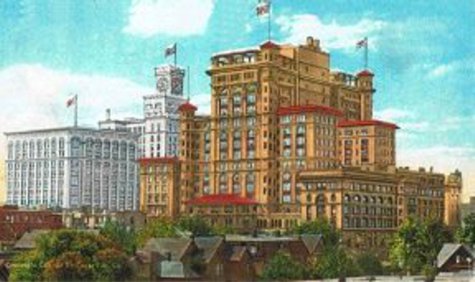
The history of the redevelopment of the second Hotel Vancouver is surprisingly complicated. The CPR opened the first hotel in 1888. In 1893 they added a new wing known as the Van Horne wing on Granville Street, and then another completed around 1904 on Georgia Street at a cost of $100,000. This was designed with the intent of setting the style of the new, much larger hotel. By 1908 Eric Nicol noted that the Hotel “had 205 rooms, 75 with bath connections – a ratio bordering on hedonism”.
In 1910 the CPR excavated on Howe Street and in early 1911 built Honeyman and Curtis’s Annex. Meanwhile, at the end of 1910 the new CPR architect W S Painter obtained a building permit for an addition to the hotel. In January 1912 it was reported that a $1,000,000 14-storey replacement hotel would be built for the CPR. It wouldn’t just fill the Granville and Georgia corner, it filled the block all the way back to Robson and Howe.
In May, 1912 under the headline, To Start work on CPR Hotel in Fall’ the Contract Record said "The latest advices from Montreal by the C P R in Vancouver state that the board of directors of the railway company have approved an appropriation of $1,200,000 for the proposed reconstruction of the Hotel Vancouver, and another $215,000 for the power plant in connection with the hotel.
The main hotel building will occupy the site of the hotel office or central section and will be extended south as far as the Opera House lane. It will be at least twelve stories in height, and two additional stories will be added to the Georgia Street wing completed about eight years ago.
When completed the hotel, it is said, will have the largest ground floor corridors of any hotel in existence. Construction will be started late this fall as soon us the rush of tourists is over. The plans are now being prepared by Painter & Swale, Metropolitan bldg."
In October the Daily Building Record reported “Plans were filed with the building inspector yesterday for the proposed rebuilding of the Hotel Vancouver, corner of Georgia and Granville Streets, at a cost of $800,000. The structure will be of steel and concrete with terra cotta facings.
The building will be heated by steam and all of the partition walls will be fireproof. Hardwood floors are specified, also 3 passenger elevators and one for freight. The central portion of the bldg will be 14 storeys in height with wings on either side, the New Orpheum theatre, which is now being erected, being in the nature of a wing to correspond with the railway company’s main hotel bldg. Painter & Swales, Metropolitan bldg. are the architects. A contractor has not been set as yet.”
By November 1912 the architects (who had moved offices) were looking for suppliers of the terra cotta and the steel contract was let to J. Coughlin at a cost of $200,000. Then everything slowed down. In 1913 reports covered a revised version of the plans “The Canadian Pacific Railway recently deposited plans for four additional storeys to the central portion of the Hotel Vancouver, Vancouver, and for the east wing fronting on Granville street, at an estimated cost of $1,100,000. The estimated outlay on the work of reconstructing the central portion of the hotel, calling for twelve storeys, was $800,000, so that with the addition of the work now proposed, the ultimate cost will not be far short of $2,000,000. According to the plans, the central part of the structure will be sixteen storeys in height, and the east wing will be eleven storeys, with the exception of the centre, midway between Georgia street and the Orpheum theatre. Here a large hall will be situated, for banquet purposes. The entrance to this hall will be 87 feet by 59 feet, and will be from Granville street. The whole structure will be of reinforced concrete and steel construction, faced with pressed brick.” Painter and Swales obtained another permit – this one for $1,100,000, and construction started. The various replacement sections, additions and the extra height were now said to be costing $2,500,000. By the time the project was being built the architect was Francis Swales; like Francis Rattenbury who was the initial choice for the new hotel, W S Painter had abandoned the task.
Even then, everything wasn’t complete. The Granville Street wing was the last to be added, replacing the Van Horne wing, and completed in 1916. The company confirmed that year they would be adding 250 more rooms but not until the war was over. The company said the hotel had already cost $3,000,000 and the addition would cost $750,000 more. That part of the project never happened. Even as it was being planned, a long term future of the project was in doubt. In the meantime, the most remarkable and expensive building that the city had seen was open for business, with fabulous views out to the north shore mountains from the sixteenth storey roof garden and terrace.
In 1928 construction begins on the Hotel British Columbia (the current Hotel Vancouver). It was not completed until 1939.
Source: Changing Vancouver
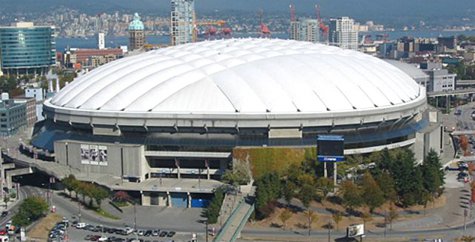
In 1983, B.C. Place, the largest air-supported stadium in North America, is completed. The stadium covers 10 acres. The Grey Cup game between the Toronto Argonauts and the BC Lions was played in front of 59,345 football fans at BC Place Stadium, with the Argonauts winning their first Grey Cup since 1952 with a final score of 18 to 17.
The 1983-84 listing for Dominion Blueprint & Reprographics offers some more detail on the company. It is a division of Dieterich Post Co. of Canada Ltd. John L. Bingham is the Vice President and Division Manager. The directory listing proudly declares that the people at Dominion Blueprint & Reprographics are "The Professionals Serving British Columbia".
The Vancouver office is still at 1533 West Pendar. The North Vancouver office is at 1348 Marine Drive. In 1986 the company is bought by John Bingham.
On January 3, 1986 the Expo Line of the Skytrain goes into regular service connecting Vancouver and New Westminster with state-of-the-art transit service.
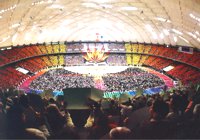 B.C. Place was used for the opening and closing ceremonies of the 1986 World Exposition on Transportation and Communication (Expo '86). Accepting an invitation by the Province of British Columbia, their Royal Highnesses Prince Charles and Princess Diana made themselves available to take part in the opening ceremonies. To great fanfare, they officially proclaimed the World's fair open on May 2, 1986.
B.C. Place was used for the opening and closing ceremonies of the 1986 World Exposition on Transportation and Communication (Expo '86). Accepting an invitation by the Province of British Columbia, their Royal Highnesses Prince Charles and Princess Diana made themselves available to take part in the opening ceremonies. To great fanfare, they officially proclaimed the World's fair open on May 2, 1986.
The opening and closing ceremonies of the XXI Olympic Winter Games and the opening ceremonies of the X Paralympic Winter Games were also held in BC Place Stadium in February and March 2010, respectively. The stadium was the first air-supported structure and 24th venue to host the opening ceremonies of the Winter Olympics.
The biggest and most visible improvement to B.C. Place is the recently completed retractable roof and a huge superstructure that will define the city’s skyline for decades to come.
The 50 best golfers of all time. How does one compare Old Tom Morris to Tiger Woods? Ben Hogan to Babe Zaharias? Jack and Arnold to anybody? It's a tough task until you just do the numbers. You can be sure of one thing; their focus on the game was unstoppable. In the same way we here at Dominion have been focused on our game since 1912.
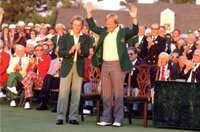 How many professional majors, how many pro tour victories, how many world wide victories even if it's the Legends of Golf or The Skins Game? Those were our measuring sticks. Amateur championships, if added, might change the order a little bit. But that's a task for someone else at another time. These are our top 50 playing in professional events.
How many professional majors, how many pro tour victories, how many world wide victories even if it's the Legends of Golf or The Skins Game? Those were our measuring sticks. Amateur championships, if added, might change the order a little bit. But that's a task for someone else at another time. These are our top 50 playing in professional events.
The first two slides are for historic golfers who shot scores like 54-56-53=163 to win early British Opens. That's not quite the same challenge as today's players face. However, they beat whoever showed up, and when the winning scores is 163, what was par? Was it just level 4s? It's a wonder we have the records at all.
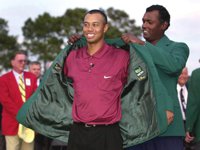 Still, it doesn't make sense to give them higher standing than some of the modern players who contested over 72 holes, on great courses, with tough competition and then won in many tournaments around the world. When you see who the modern era golfers are, you'll understand the reason for putting the historic gentlemen last. No disrespect meant.
Still, it doesn't make sense to give them higher standing than some of the modern players who contested over 72 holes, on great courses, with tough competition and then won in many tournaments around the world. When you see who the modern era golfers are, you'll understand the reason for putting the historic gentlemen last. No disrespect meant.
Click Here to View the Top 50 Golfers of All Time.
Source: Bleacher Report / bleacherreport.com

The sun is shining and the seawall is already getting crowded, which can only mean one thing—summer is on its way. To further celebrate 100 years of doing business here in Vancouver here's Billboards list of the Top 30 "Summer" songs of all time along with our top summer time printing hits and solutions.
These 30 hot tunes with summer-specific themes are ranked based on each track's performance on the Billboard Hot 100 chart from August 4, 1958—the inception of the chart—through the chart dated May 28, 2011. Songs are ranked based on an inverse point system, with weeks at No. 1 earning the greatest value and weeks at No. 100 earning the least.
Click Here to view and listen to the Top 30. To find out more about ColourWave Printing Click Here, Indoor & Outdoor Signage Click Here, and ProCut Fabrication Click Here.
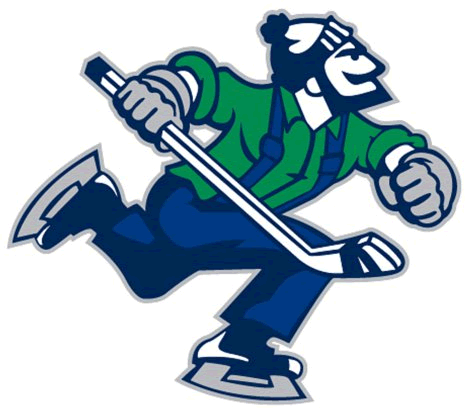
Johnny Canuck was a Canadian cartoon hero and superhero who was created as a political cartoon in 1869 and was later re-invented, first in 1942, then in 1975.
Johnny Canuck was created as a lumber jack national personification of Canada. He first appeared in early political cartoons dating to 1869 where he was portrayed as a younger cousin of the United States’ Uncle Sam and Britain’s John Bull. Depicted as a wholesome, if simple-minded, fellow in the garb of a habitant, farmer, logger, rancher or soldier, he often resisted the bullying of John Bull or Uncle Sam. For thirty years, he was a staple of editorial cartoonists. Then, in the early twentieth century, he faded from view.
The character re-emerged during World War II in the February 1942 issue of Bell’s Dime Comics No.1. Cartoonist Leo Bachle created the character as a teenager, apparently on a challenge from a Bell executive.
Source: Vancouver Canucks History
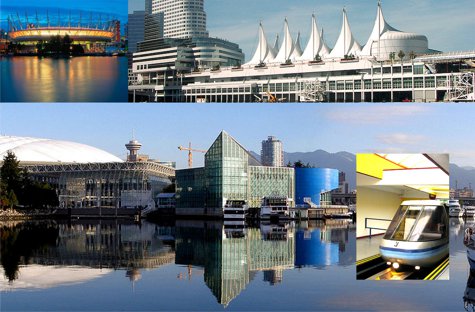
The 1986 World Exposition on Transportation and Communication, or simply Expo '86, was a World's Fair held in Vancouver, British Columbia, Canada from Friday, May 2 until Monday, October 13, 1986. The fair, the theme of which was "Transportation and Communication: World in Motion - World in Touch", coincided with Vancouver's centennial and was held on the north shore of False Creek. It was the second time that Canada held a World's Fair, the first being Expo 67 in Montreal (during the Canadian Centennial). It was also the third World's Fair to be held in the Pacific Northwest in the last 25 years as of 1986 and as of 2012 it still stands as the latest World's Fair to be held in North America.
You'll want to Click Here to take a look back.
The logo of three interlocking rings to make the 86 in the logo stood for the three main modes of transportation; land, air, and water.
Up until the late 1970s, the 173 acre (0.7 km2) site on False Creek, where Expo was staged, was a former CPR rail yard and an industrial wasteland. In 1978, Sam Bawlf (then BC Minister of Recreation and Conservation) proposed an exposition to celebrate Vancouver’s Centennial year (1986). The proposal was submitted in June 1979, for a fair that was to be called “Transpo 86.” In 1980, the British Columbia Legislature passed the Transpo 86 Corporation Act, paving the way for the fair. The transportation theme reflected the city’s role in connecting Canada by rail, its status as a major port and transportation hub, and the role of transportation in communications.
The initial idea was to have “…a modest $80 million transportation exposition that would mark Vancouver’s 100th anniversary.” It soon blossomed into a full exposition thanks to the help of the Vancouver Exposition Commissioner-General at that time, Patrick Reid. The theme of Transportation and Communication led to the conglomeration of many different exhibits of transportation networks. This included a monorail that glided over the crowds that included a trip to every zone. Other ground transports included a Skytrain, a High Speed Surface Transport from Japan, and a French “People Mover.” (basically a little boxcar). The transports of the sky was the Gondola, a boxcar hovering high in the air. The water taxis moved along four different ports on the site.
The fair was awarded to Vancouver by the Bureau of International Expositions in November 1980. However, once it became clear that the event would be a world exposition, the name was officially changed to “Expo 86″ by Ambassador and Commissioner General Patrick Reid in October 1981, and, by the end of the year, Expo 86 Corporation was established as a nonprofit agency responsible in the planning and operation of the fair.
Local business tycoon Jim Pattison was appointed as CEO, and would eventually also become the president of the corporation. The chief architect selected was Bruno Freschi, the Creative Director was Ron Woodall, and Bob Smith was responsible for the production and design.
Construction started in October 1983, when Elizabeth II, Queen of Canada, started a concrete mixer on the future site of the Canada Pavilion, and offered the “invitation to the world.” But, work was disrupted by labour disputes for 5 months. Still, Expo Centre opened May 2, 1985, as a preview centre for the fair.
The fair was originally budgeted for a modest CAN$78 million. However, final expeditures for the expanded event totaled $802 million with a deficit of CAN$311 million.
Expo ’86 was opened by Charles, Prince of Wales, Diana, Princess of Wales, and Prime Minister Brian Mulroney on Friday, May 2, 1986. It featured pavilions from 54 nations and numerous corporations. Expo’s participants were given the opportunity to design their own pavilion or opt for the less expensive Expo module. Each module was approximately two-and-a-half stories high and had the floor space equal to a third of a city block. The design was such that any number of the square modules could be placed together in a variety of shapes. The roof design allowed the interior exhibit space to be uninterrupted by pillars.
Source: Wikipedia
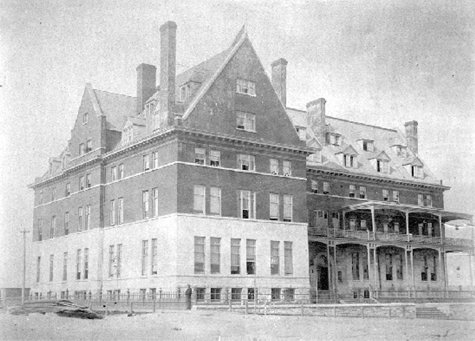
The Canadian Pacific Railway needed a hotel to serve the passengers arriving on their trains at the station located at the foot of Granville Street. T.C. Sorby had designed the station, and he got the job of designing the hotel too. It was up Granville – not too far, but enough to leave some space for new CPR sponsored commercial buildings, and to pull some activity away from the earlier city centre to the east, where there were already plenty of hotels (none of them on CPR land).
Sorby’s hotel opened in mid 1888 to a design that even he didn’t like – complaining of CPR cutting what they considered to be superfluous details – which in those days were what architecture was often about. The CPR were supposedly equally unimpressed – Sir William Van Horne, the CPR President is reported to have said to Sorby “so you’re the damn fool who spoilt the building with all those little windows”. One local newspaper even likened the building’s design to a workhouse. An 1897 newspaper, ‘The Ledge’ published a story which ran “The Vancouver World publishes a long letter from the executive agent of the CPR to the city council, requesting exemption from taxation for buildings proposed to be erected for a passenger station and warehouses. The World publishes cuts of the proposed structures which are said to be in the Queen Anne style of architecture and are fully in keeping with that monument of external ugliness, the company’s hotel Vancouver. The architectural illustrations in the World resemble a compound of a decayed grist-mill with bits of the bastile and the tower of London added.”
Presumably looking for a better response the CPR hired Francis Rattenbury to design the 1893 addition to the south. Rattenbury had only recently arrived in Canada, but at the age of only 25 he had just won the competition for the new parliament buildings in Victoria. In Yorkshire, where he had arrived from, he had been designing buildings in the ‘model’ mill town of Saltaire – or so he told the Vancouver Sun, although actually he hadn’t even been born when that development had taken place. His design for the hotel extension didn’t really have much to do with the original building. Although Sorby’s hotel was identified for replacement as early as 1900 it was still around for a few more years.
Rattenbury was hired to design a further extension to the original in 1901, which he carried out in an Italienate style that isn’t so very different from his design for the city’s new courthouse five years later. Rattenbury fell out with the CPR, but was busy with other projects including the Empress Hotel in Victoria, so in 1910 architects Painter and Swales were hired to replace a much bigger and more elaborate replacement for both the first hotel and the 1893 addition which was eventually finished in 1916.
These days the site has the Cesar Pelli / McCarter and Nairne designed Pacific Centre Mall which is now anticipated to see a major redesign in the near future with Sears having confirmed their intention of leaving later in 2012.
Source: Changing Vancouver
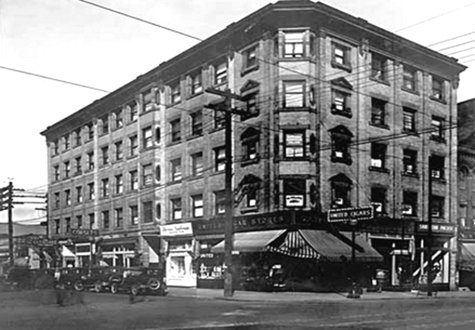
Dr. Simon Tunstall was born in Quebec, in 1852, qualified as a doctor at McGill University and moved to British Columbia in 1881. After practicing in Lytton and Kamloops he moved to Vancouver in 1892 with his wife and family and seems to have gained a favourable reputation which would extend to international recognition; when the American Medical Association met in Boston in 1906 Dr. Tunstall was identified in the Boston press as a ‘distinguished visitor’ of the Association, and he presided at the Canadian Medical Association meeting in Vancouver in 1904.
In March 1902 G.W. Grant obtained a building permit worth $1,600 to build the foundation for a building on Granville Street for Dr. Tunstall, and two months later another permit worth $22,000 to build a ‘stone and brick store’ which was built by D. Saul. In 1909 Dr. Tunstall spent a further $20,000 on adding to the building, Dissette and Dean carrying out the work and Grant again designing the building, by this time in partnership with Henderson.
The image above from 1927 shows the completed building at five storeys. Dr. Tunstall had Grant and Henderson design a house for him on 5th Avenue in 1911, and in 1912 they designed a $42,000 office building for him on Denman Street (although it doesn’t look like it was built).
In the early years of its existence the Tunstall Block’s tenants were (not surprisingly) doctors, including a husband and wife chiropractic team. The building stayed on Granville Street for many years, replaced eventually by the northern block of the Pacific Centre Mall, designed by Zeidler Roberts Partnership and not completed until 1990. In 2007 the corner of the block had a radical redesign by Janson Goldstein of New York for the new Holt Renfrew store, incorporating panels of slumped glass in the design.
Source: Changing Vancouver